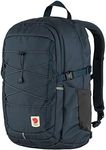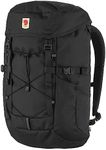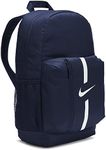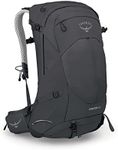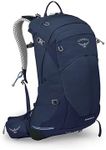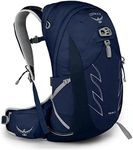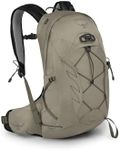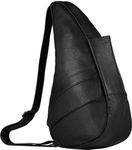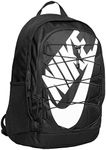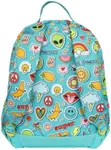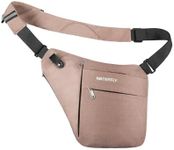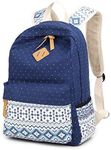Buying Guide for the Best Mens Backpacks
Choosing the right men's backpack involves considering various factors to ensure it meets your needs and preferences. Whether you're using it for daily commuting, travel, hiking, or school, the right backpack should be comfortable, durable, and functional. Here are some key specifications to consider when selecting a men's backpack.Size and CapacitySize and capacity refer to the amount of space available inside the backpack, usually measured in liters. This spec is important because it determines how much you can carry. Smaller backpacks (10-20 liters) are suitable for daily use or short trips, while medium-sized backpacks (20-40 liters) are ideal for school, work, or day hikes. Larger backpacks (40+ liters) are best for travel or multi-day hikes. Consider what you typically carry and choose a size that accommodates your needs without being overly bulky.
MaterialThe material of a backpack affects its durability, weight, and weather resistance. Common materials include nylon, polyester, and canvas. Nylon and polyester are lightweight and often water-resistant, making them good choices for outdoor activities. Canvas is heavier but very durable and stylish, suitable for everyday use. If you need a backpack for rugged use or inclement weather, look for water-resistant or waterproof materials.
Comfort and FitComfort and fit are crucial for ensuring that the backpack is easy to carry, especially for long periods. Look for padded shoulder straps, a padded back panel, and adjustable straps to distribute weight evenly. Some backpacks also have a sternum strap or hip belt for added support. Try on different backpacks to see which one feels most comfortable and fits your body shape well. If you plan to carry heavy loads, prioritize ergonomic designs.
Compartments and OrganizationCompartments and organization features help keep your items organized and easily accessible. Backpacks can have multiple pockets, including main compartments, front pockets, side pockets, and specialized compartments for laptops, tablets, or water bottles. Think about what you typically carry and choose a backpack with the right number and type of compartments to keep your belongings organized and secure.
DurabilityDurability refers to how well the backpack can withstand wear and tear over time. This is important for ensuring that your backpack lasts and protects your belongings. Look for reinforced stitching, strong zippers, and high-quality materials. If you plan to use the backpack for outdoor activities or heavy-duty use, prioritize durability to avoid frequent replacements.
Style and DesignStyle and design are about the aesthetic appeal and functionality of the backpack. Choose a design that suits your personal style and the context in which you'll use the backpack. Sleek, minimalist designs are great for professional settings, while sporty or rugged designs are better for outdoor activities. Consider color, pattern, and overall look to ensure the backpack complements your wardrobe and lifestyle.
Security FeaturesSecurity features help protect your belongings from theft. Some backpacks come with lockable zippers, hidden pockets, or anti-theft designs. If you travel frequently or use public transportation, these features can provide added peace of mind. Evaluate your need for security based on where and how you plan to use the backpack.

